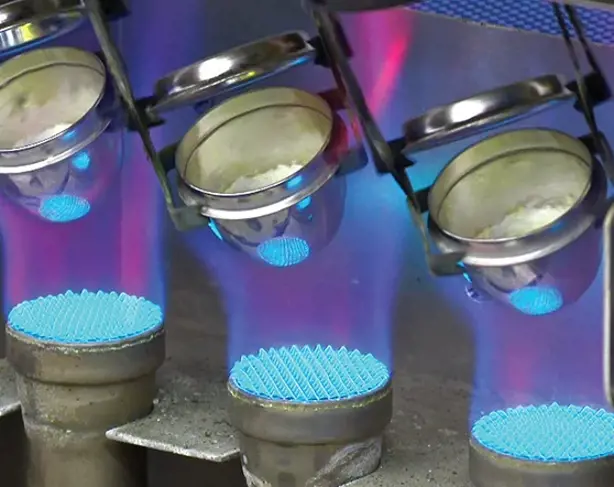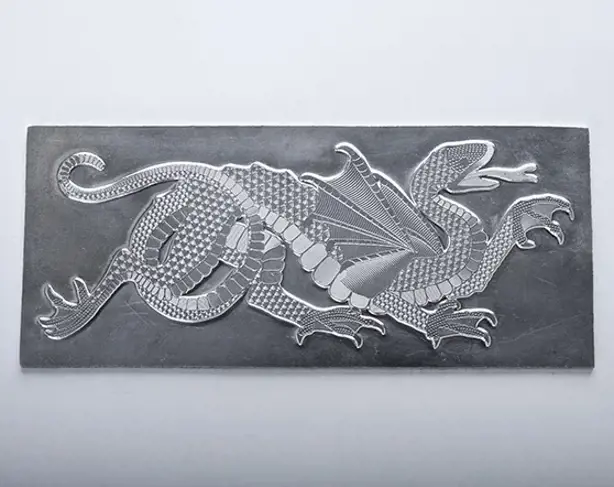Luxfer Cylinders Used in X-51A Scramjet
8 June 2012
LUXFER CYLINDERS USED IN US AIR FORCE X-15A WAVERIDER SCRAMJET
Luxfer cylinders are in service on a variety of aircraft that fly at supersonic speeds. But the cylinders that are integral system components in the US Air Force experimental X-51A “WaveRider” scramjet air vehicles are surely among the fastest-moving cylinders Luxfer has ever made.
That’s because in test flights the X-51A has already flown at nearly 3,400 miles (5,472 kilometers) per hour or almost Mach 5—five times the speed of sound. In future tests it’s expected to fly even faster, approaching Mach 6. The speed of sound is 768 miles (1,236 kilometers) per hour or 1,126 feet (340.29 meters) per second. At that speed, an aircraft covers one mile in five seconds or one kilometer in three seconds. Aircraft that fly at and above the speed of sound are said to be supersonic. A vehicle that reaches or exceeds Mach 5 is said to be hypersonic.
The official Air Force fact sheet describes the X-51A as “an unmanned, autonomous supersonic ramjet-powered hypersonic flight test demonstrator” designed “to pave the way to future hypersonic weapons, hypersonic intelligence, surveillance and reconnaissance, and future access to space.” Commercial transportation applications are also being considered.
The X-51A program is a collaborative effort of the Air Force Research Laboratory and the Defense Advanced Research Projects Agency, with industry partners The Boeing Company and Pratt & Whitney Rocketdyne. The program has won numerous awards, including the National Space Society’s 2011 Space Pioneer Award.
The 25-foot-long test vehicle includes a modified solid-rocket booster, a connecting interstage and the X-51A cruiser itself. The shark-nosed cruiser, which has small wings and controllable fins, is designed to ride its own shockwave—hence its “WaveRider” nickname.
Boeing Phantom Works performed the overall air vehicle design, integration and assembly. The X-51A is made of aluminum, steel, inconel and titanium, with carbon composite materials on the leading edges of fins and cowls. For thermal protection, the vehicle uses a silica-based protection system and insulation tiles.
Pratt & Whitney Rocketdyne built the WaveRider’s cutting-edge scramjet engine that has virtually no moving parts. A scramjet (supersonic combustion ramjet) is a variation of an air-breathing ramjet engine in which fuel combustion occurs in a supersonic airflow. A ramjet uses high vehicle speed to “ram” or forcefully compress and decelerate incoming air before combustion. Whereas a ramjet decelerates the air to subsonic velocities before combustion, airflow in a scramjet remains supersonic. Consequently, a scramjet can operate efficiently at extremely high speeds. Unlike conventional rockets that use a large supply of liquid oxygen, scramjets eliminate the need for big oxidizer propellant tanks by taking in and isolating oxygen from the atmosphere, then introducing that oxygen into the fuel stream to produce thrust. That means scramjets could become efficient vehicles for launching payloads into orbit.
“Luxfer is proud that our products are part of this historic project that is advancing the state of the art in unmanned flight,” said Kalpesh Shah, Luxfer’s Sales Manager who worked with Boeing in supplying cylinders for the WaveRiders.
Additional test flights are planned in 2012.
Luxfer Gas Cylinders is a division of Luxfer Group, the global materials technology company.










